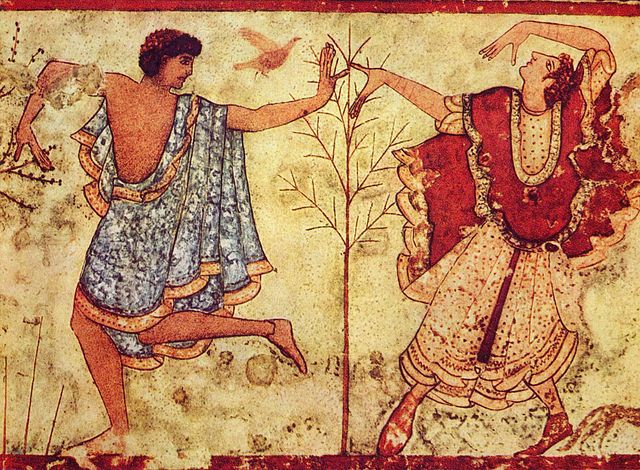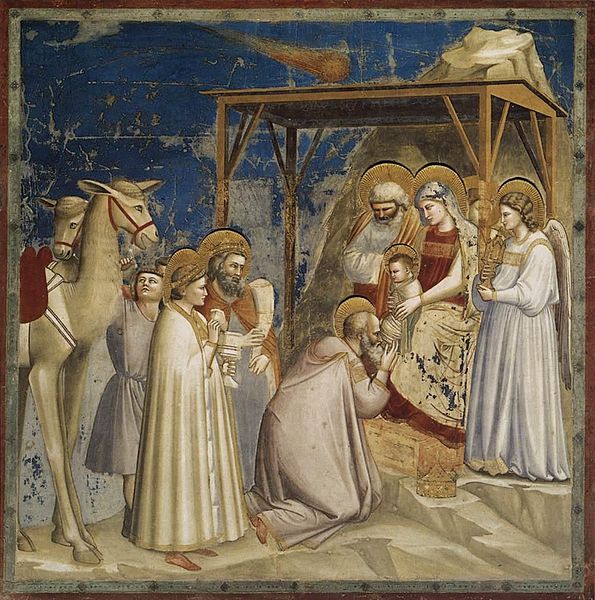The School of Athens is a fresco by the Italian Renaissance artist Raphael. It was painted between 1509 and 1511 as part of a commission by Pope Julius II to decorate the rooms now called the Stanze di Raffaello in the Apostolic Palace in Vatican City.
The School of Athens
The Stanza della Segnatura
Bramante as Euclid
Zoroaster, Ptolemy, Raphael as Apelles and Perugino, Il Sodoma or Timoteo Viti as Protogenes
Fresco is a technique of mural painting executed upon freshly laid ("wet") lime plaster. Water is used as the vehicle for the dry-powder pigment to merge with the plaster, and with the setting of the plaster, the painting becomes an integral part of the wall. The word fresco is derived from the Italian adjective fresco meaning "fresh", and may thus be contrasted with fresco-secco or secco mural painting techniques, which are applied to dried plaster, to supplement painting in fresco. The fresco technique has been employed since antiquity and is closely associated with Italian Renaissance painting.
The Creation of Adam, a detail of the fresco Sistine Chapel ceiling by Michelangelo
Etruscan fresco. Detail of two dancers from the Tomb of the Triclinium in the Necropolis of Monterozzi 470 BC, Tarquinia, Lazio, Italy
A Roman fresco of a young man from the Villa di Arianna, Stabiae, 1st century AD.
Fresco by Giotto, Scrovegni Chapel in Padua. Sky and blue mantle of Maria were painted a secco, and large part of the painting is now lost








